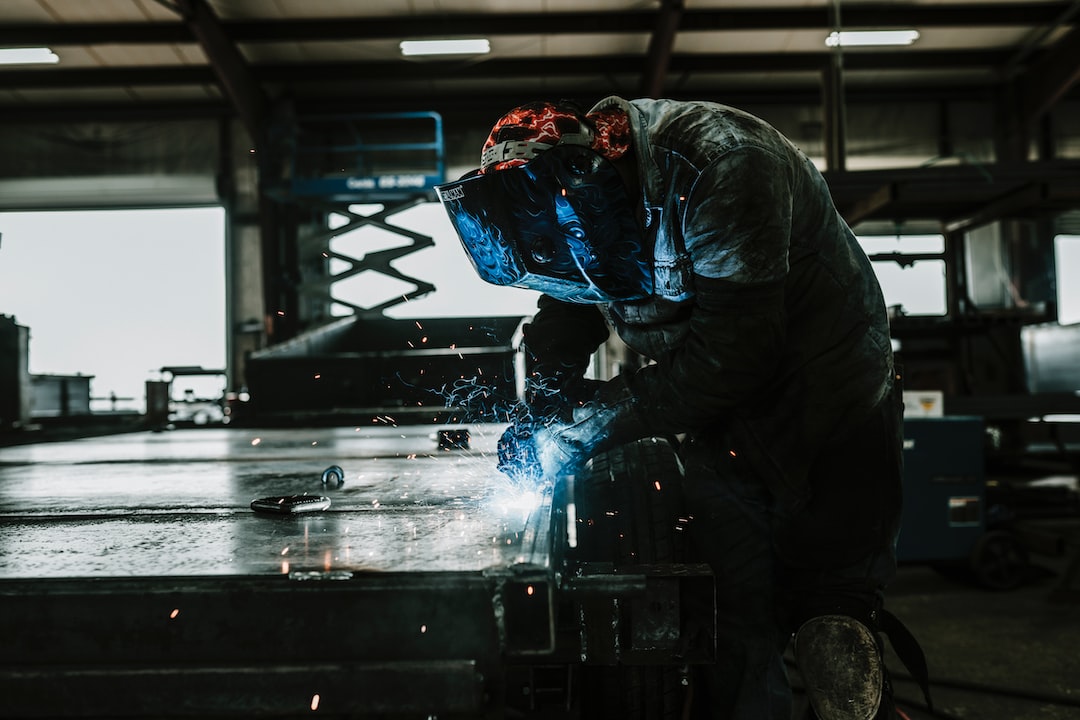Sustainable Manufacturing Practices: A Path to a Greener Future
In recent years, the world has witnessed the detrimental impact of industrial activities on the environment. Climate change, pollution, and depletion of natural resources have raised concerns globally. As a result, there has been a growing awareness and demand for sustainable manufacturing practices, which prioritize environmental responsibility and the long-term well-being of our planet. This blog post explores the importance of sustainable manufacturing and highlights its potential to lead us towards a greener future.
Sustainable manufacturing refers to the process of producing goods using methods that minimize negative environmental impacts and conserve resources. It emphasizes resource efficiency, waste reduction, and the development of clean energy alternatives. By adopting sustainable manufacturing practices, industries can minimize their ecological footprint and contribute to a more sustainable future.
One of the key benefits of sustainable manufacturing is the reduction of greenhouse gas emissions. Traditional manufacturing processes heavily rely on fossil fuels, leading to significant carbon dioxide emissions. Sustainable manufacturing, on the other hand, encourages the use of renewable energy sources such as solar and wind power, which have a much smaller carbon footprint. By transitioning to cleaner energy sources, manufacturers can significantly reduce their greenhouse gas emissions and combat climate change.
Pollution is another critical issue that can be mitigated through sustainable manufacturing practices. Traditional manufacturing often releases harmful pollutants into the air, water, and soil, endangering human and ecosystem health. Sustainable manufacturing prioritizes the reduction, reuse, and recycling of materials, minimizing the release of pollutants and waste. Implementing effective waste management systems and investing in advanced filtration technologies can further help in preventing pollution and preserving our natural resources.
Furthermore, sustainable manufacturing practices aim to conserve resources by utilizing materials and energy efficiently. This approach involves promoting product designs that use fewer materials, are easy to recycle, and have a longer lifespan. Extended producer responsibility (EPR) is an essential concept in sustainable manufacturing, holding producers accountable for the entire lifecycle of their products. By implementing EPR policies, manufacturers are encouraged to design products with recyclability, reusability, and repairability in mind. This not only reduces waste but also reduces the need for raw material extraction, leading to resource conservation.
Sustainable manufacturing practices also foster innovation and technological advancement. As industries prioritize environmental responsibility, they invest in research and development to develop cleaner and more efficient technologies. This includes the use of advanced manufacturing techniques, such as additive manufacturing or 3D printing, which require less material and energy consumption compared to traditional methods. Sustainable manufacturing encourages collaboration between industry and academia, promoting the development of innovative solutions that enhance environmental sustainability while maintaining economic competitiveness.
Additionally, sustainable manufacturing practices can benefit businesses financially. Energy-efficient technologies, for instance, can significantly lower operational costs by reducing energy consumption and decreasing utility bills. Waste reduction and recycling programs can also generate additional revenue streams, such as selling recycled materials. By adopting sustainable manufacturing practices, businesses can enhance their brand reputation and attract environmentally conscious consumers, thus expanding their market and strengthening their competitive advantage.
To achieve a greener future through sustainable manufacturing, collaboration between different sectors is vital. Governments play a crucial role in creating supportive policies and regulations that incentivize sustainable practices. Financial institutions can provide funding and support research and innovation in sustainable manufacturing technologies. Consumers can drive demand towards sustainable products by making conscious choices and supporting brands that prioritize environmental responsibility. Effective collaborations among these stakeholders can create a conducive environment for the widespread adoption of sustainable manufacturing practices.
In conclusion, sustainable manufacturing practices are essential for creating a greener future. By reducing greenhouse gas emissions, preventing pollution, conserving resources, fostering innovation, and benefiting businesses financially, sustainable manufacturing presents a win-win solution for the environment and the economy. It is crucial for industries, governments, financial institutions, and consumers to work together in accelerating the transition towards a more sustainable and environmentally responsible manufacturing sector. Only through these collective efforts can we secure a greener future for generations to come.

